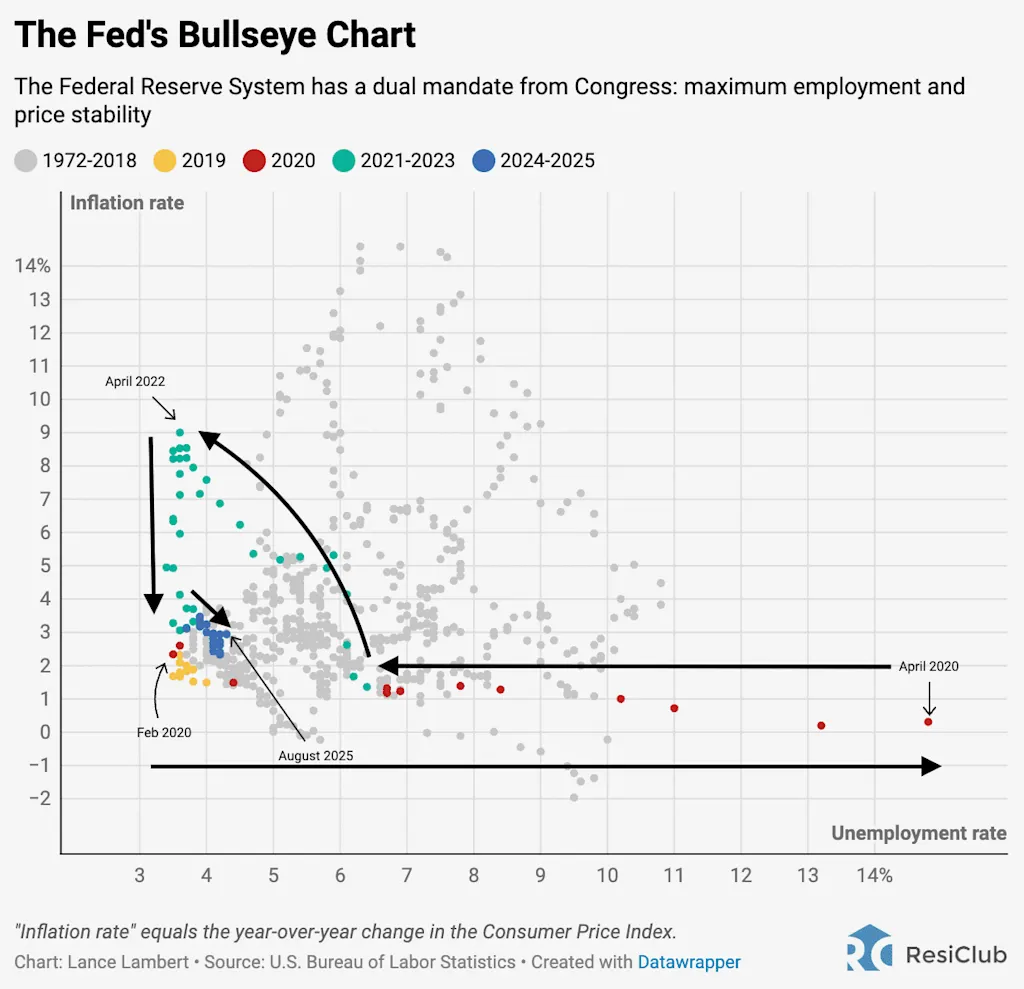Bank of America: Mortgage rates could hit 5% under these conditions
The
average 30-year fixed mortgage rate just hit a 2025 calendar-year low.
Here’s what Bank of America thinks it would take to see a bigger drop.
Lance Lambert
Want more housing market stories from Lance Lambert’s ResiClub in your inbox? Subscribe to the ResiClub newsletter.

